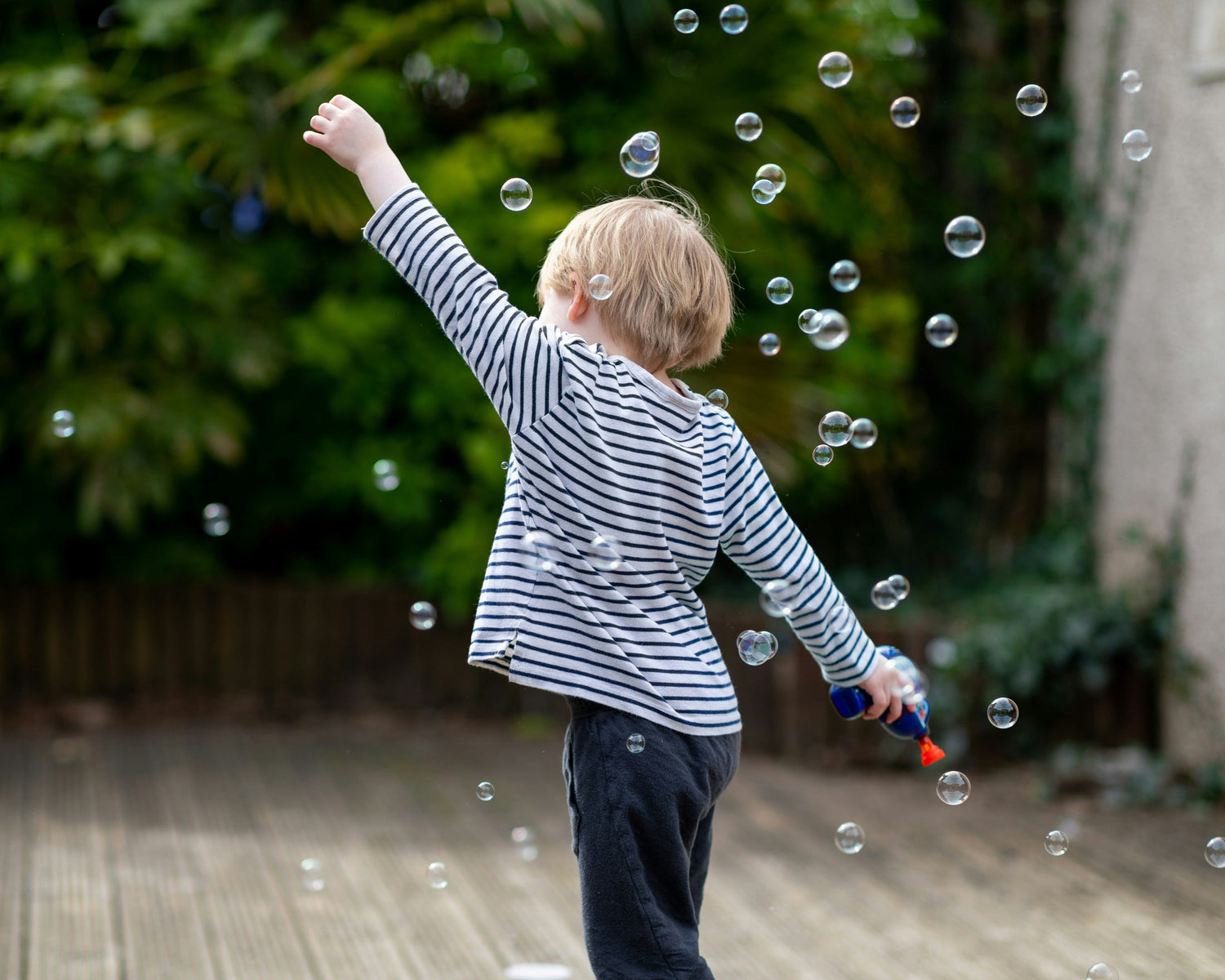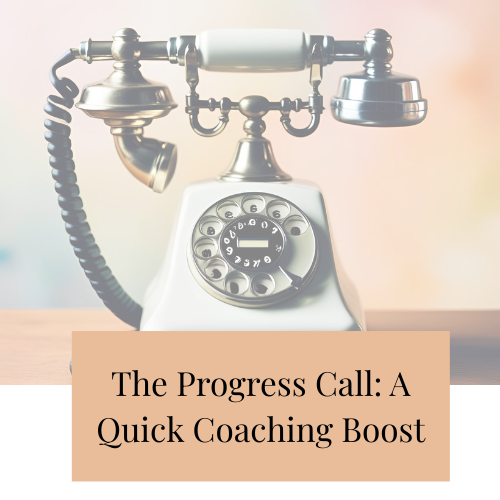The Science behind Play-Based Learning
Play isn’t just a break from learning—it is learning.
From a neuroscience and child development perspective, play is how children build the skills they need for school, relationships, and life.
Why Play is So Powerful?
Play activates multiple areas of the brain, integrating emotion, movement, memory, and reasoning. It strengthens executive function—those crucial skills like attention, planning, flexibility, and impulse control.
Research Highlights
Lev Vygotsky emphasized the role of social play in cognitive development, highlighting how imaginative play helps children practice self-regulation and perspective-taking.
Jean Piaget identified play as essential for constructing knowledge, particularly through hands-on, active engagement.
Modern neuroscience confirms that play stimulates the prefrontal cortex, supporting emotional regulation, problem-solving, and creativity.
Types of Play that Build Brains
Pretend play: Develops empathy, storytelling, and executive function.
Sensory play: Supports neural connections, self-regulation, and exploration.
Physical play: Boosts motor development, risk assessment, and spatial awareness.
Constructive play: Encourages planning, persistence, and collaboration.
Play-Based Learning in Practice
In a play-based approach, adults guide, observe, and extend learning without taking over. It’s not about rigid outcomes—it’s about nurturing curiosity and confidence. Example: A child stacking blocks is not just “playing”—they’re experimenting with balance, planning, spatial reasoning, and perseverance.
Final Thought:
The science is clear: play is a powerful, brain-building force. By making time and space for quality play, you’re laying the foundation for lifelong learning.
Curious Minds







